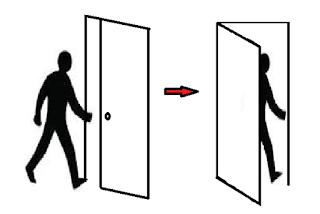Cut: The most common editing technique. Two pieces of film are spliced together so that the film “cuts” from one image to another.

Fade: Can be to or from black and white. A fade can begin in darkness and gradually assume full brightness (fade-in) or the image may gradually get darker (fade-out). You’d use a fade because it often implies that time has passed or may signify the end of a scene.
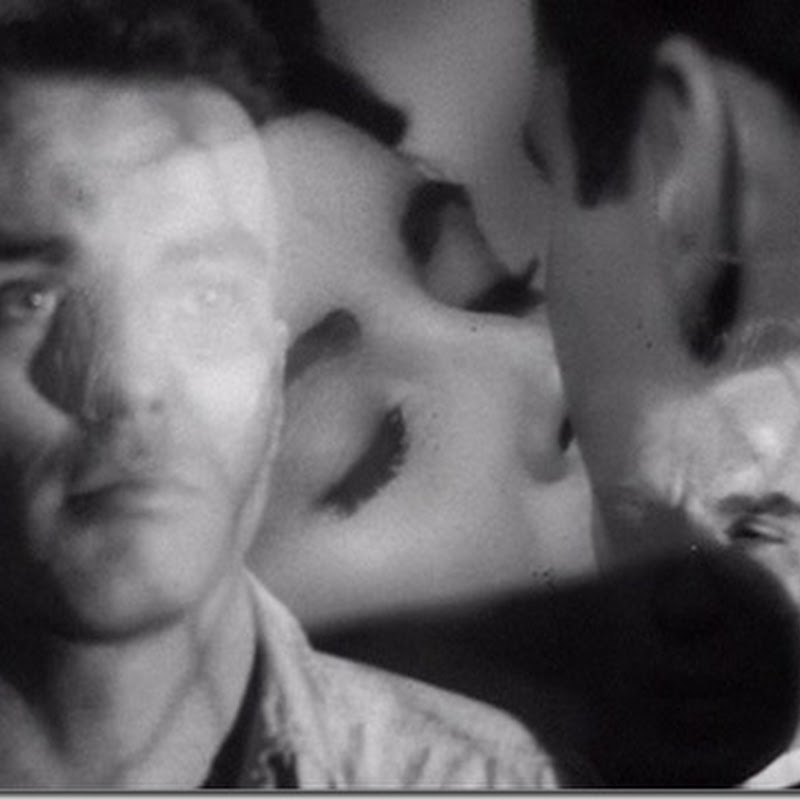
Dissolve: A kind of fade in which one image is slowly replaced my another. It can create a connection between images.

Wipe: A new image wipes off the previous image. A wipe is more fluid than a cut and quicker than a dissolve.
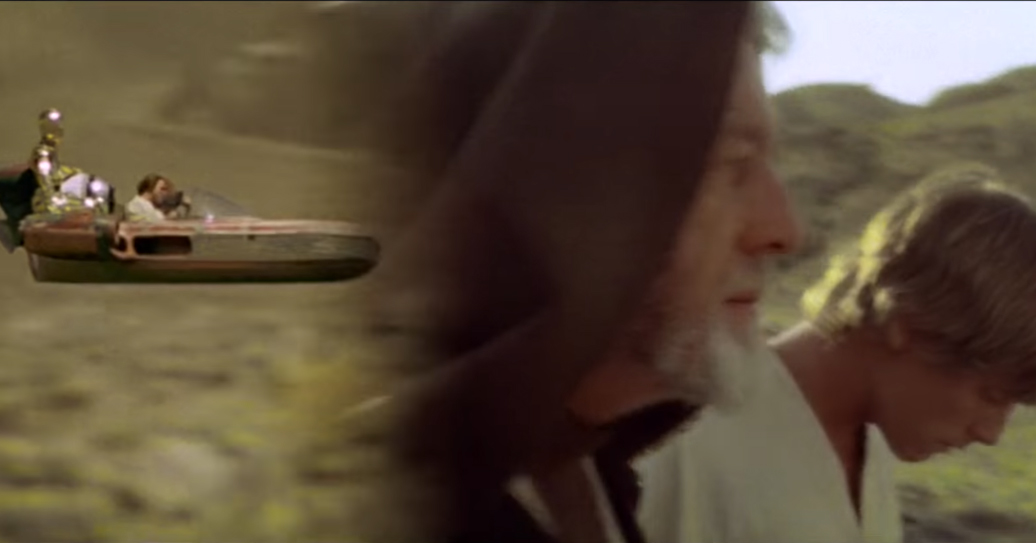
Flashback: Cut or dissolve to action or what happened in the past.

Shot-Reverse-Shot: A shot of one subject, then another, then back to the first. It is often used for conversation or reaction shots.

Cross-cutting: Cuts between action shots that are happening simultaneously. This technique is also called parallel editing. It can create tension or suspense and can form a connection between scenes.
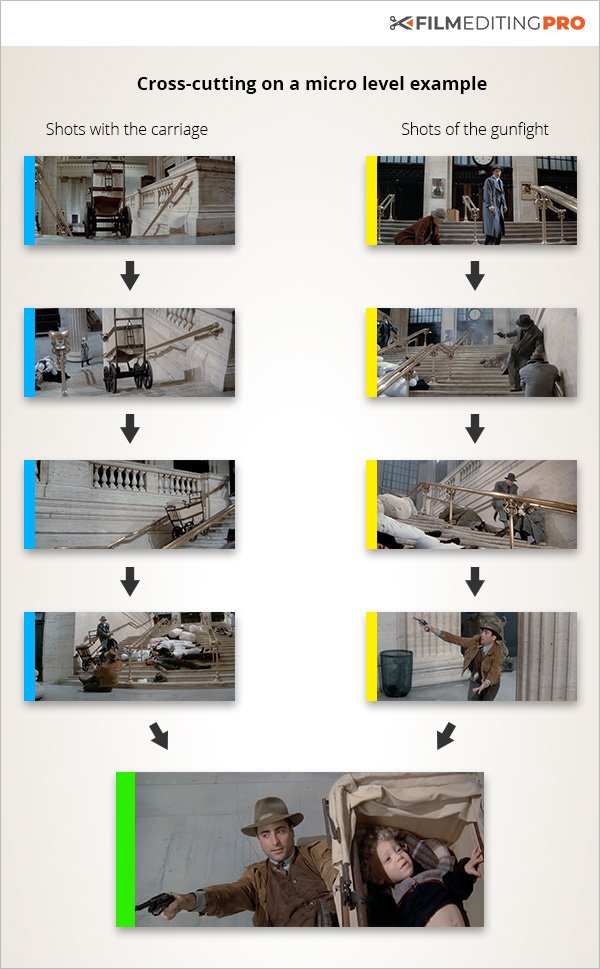
Eye-Line Match: Cut to an object, then to a person. This technique shows what a person seems to be looking at and can reveal a characters thoughts.

Graphic Match: occurs when shapes, colours and/or overall movement of two shots match in composition, either within a scene or, especially, across a transition between two scenes.
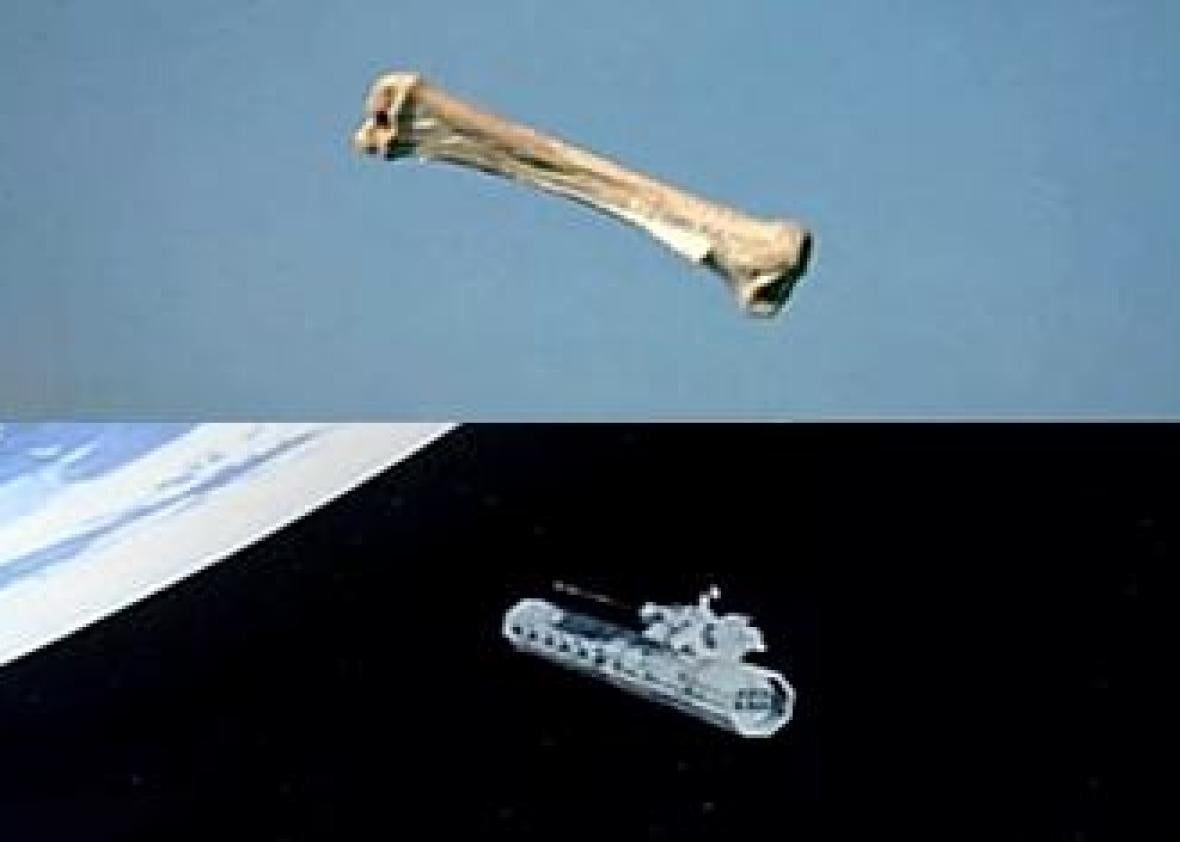
Match on Action: refers to film editing and video editing techniques where the editor cuts from one shot to another view that matches the first shots action.
